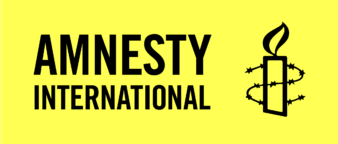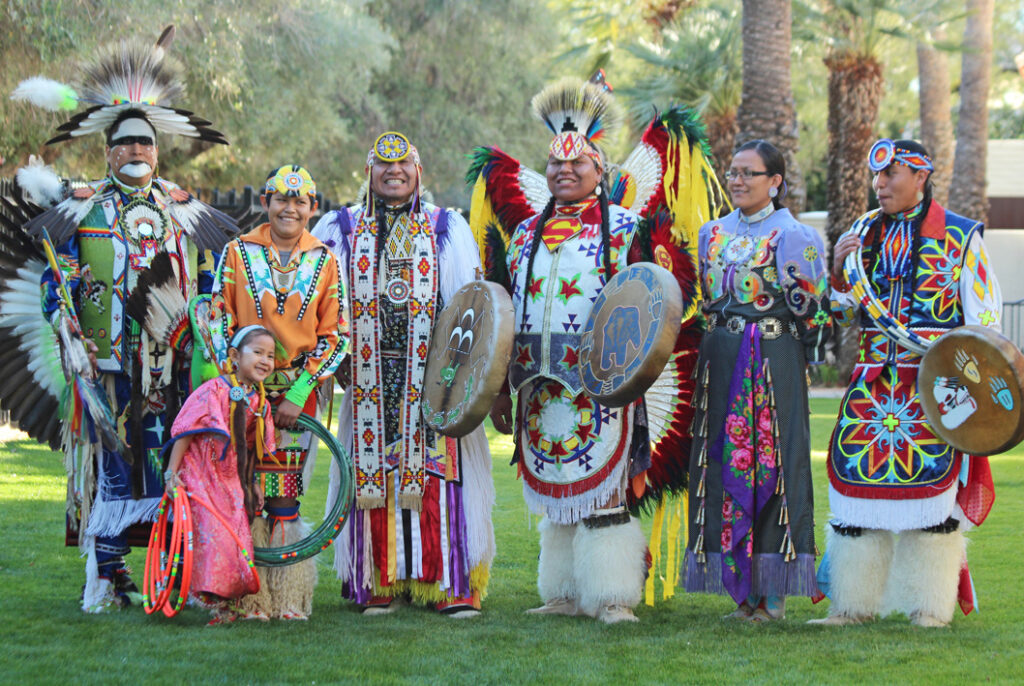Overview
The indigenous people of Canada are diverse and culturally rich with a long and complex history rooted in the country’s lands. Consist of three major groups. Which are first nations, Inuit, and Métis. These communities have distinct languages, cultures, and traditions.
FIRST NATIONS
There are more than 630 First Nation communities in Canada, which represent more than 50 Nations and 50 Indigenous languagesHistorically, many first nations lived in permanent villages and relied on agriculture, fishing, and hunting for sustenance.
INUIT
Primarily inhabit the Arctic regions of Canada, including parts of Labrador, Quebec, Nunavut, Northwest Territories, and YukonInuit have a distinct language (Inuktitut) and a unique cultural heritage, including art, storytelling, and throat singing.
METIS
Descendants of historical unions between European settlers (primarily French or Scottish fur traders) and Indigenous peoples.Concentrated in the prairie province, Ontario, and parts of the northwest territories.Distinct cultural practices, including a blend of Indigenous and European traditions, and often recognized by the Métis sash and flag.
COLONIZATION AND ITS IMPACT
Colonialism had a profound and lasting impact on Indigenous peoples in Canada. The arrival of European settlers led to the displacement, marginalization, and oppression of Indigenous communities. Indigenous lands were taken without consent or treaty agreements, leading to the loss of traditional territories and resources. The imposition of colonial systems of governance, laws, and values disrupted Indigenous governance structures and cultural practices. Indigenous peoples were subjected to forced assimilation and cultural erasure, as their languages, traditions, and spiritual beliefs were suppressed. This legacy of colonialism continues to contribute to the social, political, and economic challenges faced by Indigenous communities today.
LAND RESOURCES AND RIGHT
The issue of land and resource rights has been an enduring and substantial hurdle for Canada’s Indigenous peoples. Historically, these communities have encountered persistent obstacles in the quest for acknowledgment and dominion over their native lands. A continuous fight for territorial rights persists among many Indigenous groups, plagued by difficulties such as an absence of legal validation and competing assertions by non-Indigenous entities. These hindrances have spurred enduring altercations and disputes concerning land utilization and ownership, thereby impeding Indigenous communities’ ability to sustain and safeguard their cultural customs and means of subsistence.
Representation in decision-making processes
For the Indigenous people in Canada, taking part in decision-making proceedings is an essential feature of political empowerment. Currently, there is a scant presence of Indigenous communities in various tiers of the government and decision-making entities. This lack of representation compromises the ability to advocate for and safeguard the rights, wishes, and aims of Indigenous peoples. Although actions are being taken to expand Indigenous representation, such as the Indigenous Circle of the National Chief, there still remains significant work to guarantee significant and all-encompassing involvement of Indigenous voices in decision-making strategies that directly influence their existence and wellness
Reconciliation and Healing
Crucial to the Indigenous population of Canada are reconciliation and healing which address their ongoing struggles and historical grievances. Grasping the ramifications of cultural assimilation, colonialism, and residential schools is integral to the process of reconciliation which demands a genuine commitment to truth, justice, and significant partnership between non-Indigenous individuals, institutions, and Indigenous communities. Healing, a complex process, involves dealing with intergenerational trauma, reinstating cultural languages and practices, and encouraging positive relationships. Indigenous communities can reassert their identities, empower their communities, and pave the path for a fairer future through healing and reconciliation.
Truth and Reconciliation Commission’s recommendations
With the goal of encouraging reconciliation and dealing with the residential school legacy, the Truth and Reconciliation Commission (TRC) of Canada listed 94 recommendations. These include calls to action in various sectors like health, education, justice, language and culture, child welfare, and commemoration. The TRC suggested curriculum amendments for providing education on Indigenous history, culture, and treaties, and accentuated the need for equal access to healthcare, justice systems respecting Indigenous culture, and the rejuvenation of Indigenous languages. To initiate a complete, meaningful response, collective efforts from governmental levels, educational establishments, and civil society is required for implementing these recommendations.
Healing and rebuilding relationships
Mending and enhancing relationships between Indigenous and non-Indigenous Canadians is pivotal for achieving reconciliation. Healing entails tackling the generational effects of colonization and revitalizing cultural identities, languages, and practices. It necessitates respect for the inherent rights of Indigenous communities, including land and resource rights, and offering possibilities for self-governance. Strengthening relationships calls for fostering mutual respect, trust, and comprehension through education, dialogue, and cooperation. This necessitates non-Indigenous entities and individuals to take heed of, and learn from, Indigenous voices, acknowledge previous transgressions, and actively strive to build a more inclusive and just society. By amending and reinforcing relationships, Canada can progress towards a future that appreciates and respects the contributions and rights of Indigenous peoples.
Progress and Future Outlook
In spite of the persistent hurdles confronting Canada’s Indigenous people, a glimmer of optimism springs from positive undertakings and changes. Salient among these developments is the escalated recognition and respect garnered for the Indigenous right to self-determination. There are sustained attempts to rectify past injustices, boost cultural resurgence, and elevate socio-economic standards. In addition, a burgeoning consciousness and resolution among non-Indigenous Canadians to endorse reconciliation and foster an equitable and inclusive community is evident. Granted, there exists a considerable journey ahead, these progressive advancements predict a hopeful future for Indigenous societies in Canada.
Positive developments and initiatives
Among the numerous positive progressions and efforts brought forth to counteract the issues that Indigenous people of Canada face, the Truth and Reconciliation Commission’s recommendations have become a catalyst for pivotal alterations. This includes augmenting funds for academics, healthcare, and community infrastructure. Simultaneously, initiatives aimed at preserving and invigorating Indigenous tongues and cultural traditions have gained traction, instilling a fortified sense of identity and dignity among the Indigenous youth. Moreover, the upswing in the representation of Indigenous populace in authoritative roles across governmental strata has cultivated more comprehensive regulations and plans. All these progressive strides represent a transformation towards endorsing and honoring Indigenous rights, thereby promoting reciprocated respect and comprehension among Indigenous and non-Indigenous Canadians.
Challenges that still need to be addressed
Notwithstanding the strides taken, challenges of significance still stand in the way of Indigenous people in Canada. Socioeconomic inequalities continue to endure, manifested in prevalent poverty and unemployment rates, as well as restricted access to healthcare and education across various Indigenous communities. Land entitlement and proprietorship issues demand closure, as they routinely result in disputes over resource exploitation and environmental harm. Indigenous people’s overrepresentation in the criminal justice system and the absence of culturally sensitized legal procedures continue to undermine their rights and welfare. Furthermore, navigating the intricacies of eradicating violence against Indigenous women and meaningful reconciliation presents relentless challenges. It’s imperative to vigorously pursue the rectification of these ingrained issues so as to envisage a future where Canada’s Indigenous people experience equitable opportunities and an improved standard of living.



